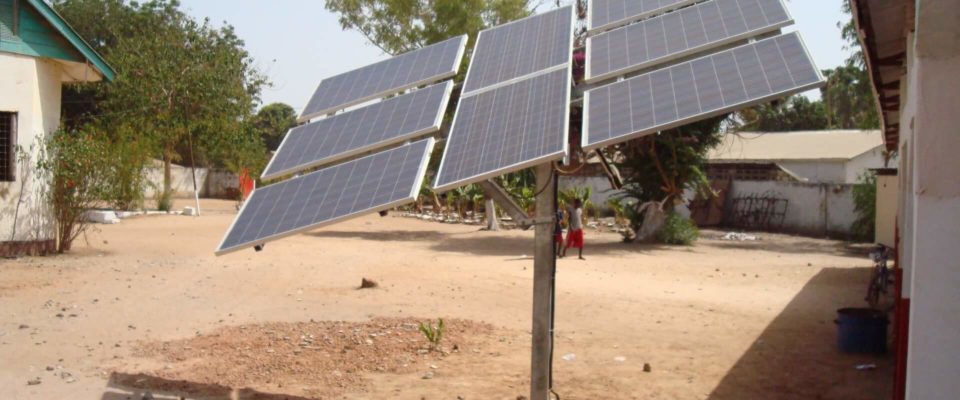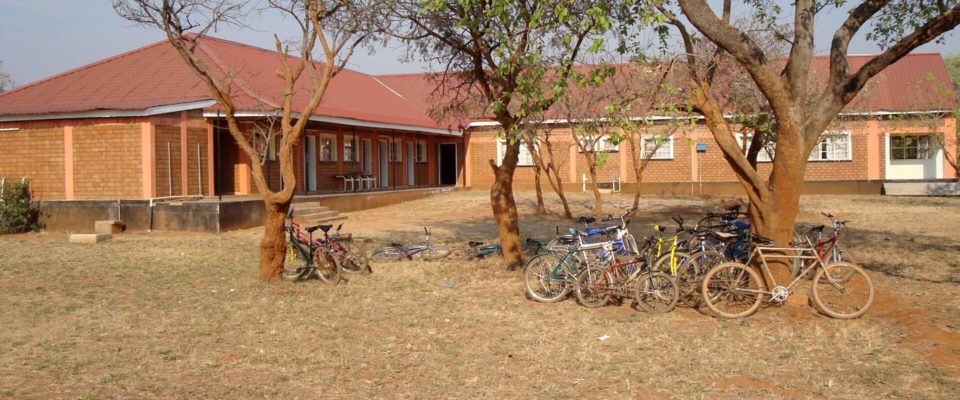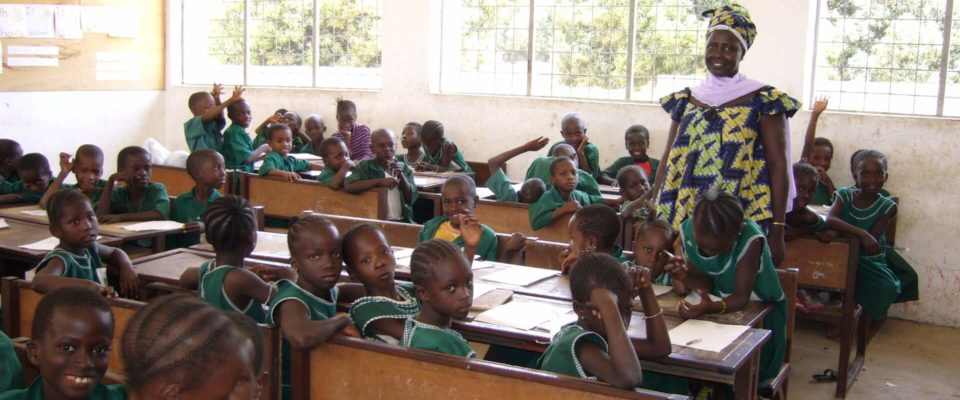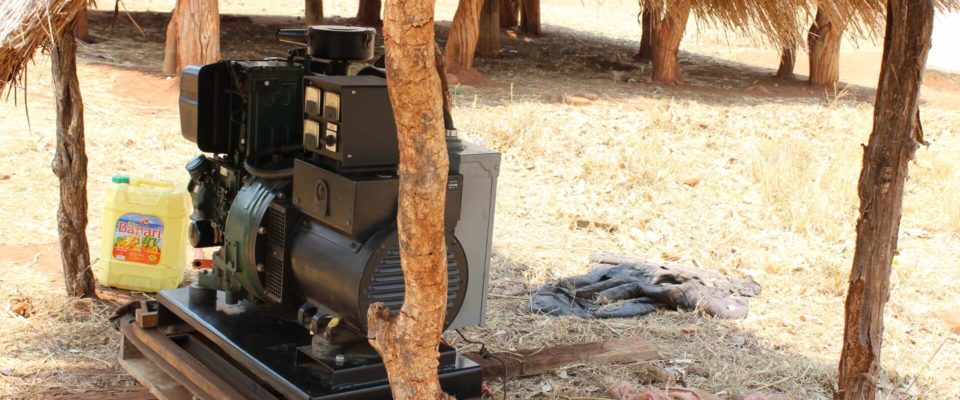NICE International was offering telecenters with sustainable solar energy – so called NICECentres – to unleash the potential of people in developing countries. The sentence is stated in the past tense, because NICE International has closed its doors. An interesting appropriate ICT project that failed to become sustainable.
The social enterprise NICE was initiated by Energy4All Foundation and Econcern (bankrupt in 2009) a Dutch company dealing in renewable energy and carbon credits. The first pilot started in 2006 in The Gambia. The goal of NICE was to deploy 250 NICE Centers in 10 countries in Africa based on a franchise concept that allowed local communities to own and maintain a centre.
As explained by NICE, the core of the centres is a solar energy system. The batteries provide a back-up in case of low energy production and a stabilizer guarantees a stable output to the equipment in the centres. The solar system allows NICE Centres to operate where there is no grid.
The centres have an energy-efficient and low cost IT-infrastructure with a server a number of thin clients. This includes a multifunctional printer for document services. The server and the clients run Ubuntu-Linux. NICE Centers are connected to the Internet through an available local Internet Service Provider.
See the Youtube clip in order to get an understanding of the NICE Centres in operation in The Gambia.
Problems started immediately when the first two pilot centres went live in The Gambia. Problems with the hardware, bugs in the software and the solar panel did not provide enough energy for the installed equipment. However most problematic proved the franchise concept; local entrepreneurs or communities were not willing or able to invest 30.000 Euro. A lease model was therefore introduced.
Although the centres started to make a small profit, finances became a problem. More funding needed to be found to finance the head-office in the Netherlands. EU funding was found, but with this type of donor strict rules, regulations and control come along. This was not foreseen and difficult to manage.
In spite of the new funding things went downhill quickly. The next NICE country program (Tanzania) never materialised, the profit of the Gambian centres dropped and local owners of the NICE Centers did not behave as a entrepreneurs but more like employees of NICE. Combined with the rise and maturation of the mobile market, telecentres quickly became obsolete and NICE international had to close its doors.
It is always sad to see ICT4D projects go down especially when it are social enterprises working with appropriate ICT. However, it is important to reflect on whether the project was viable from the start and how we can learn from what has happened to NICE International.
– Already at the start of the project discussions were questioning the sustainability of the telecentre concept and organisations like APDIP were looking for new business models. The so-called Telecentre 2.0 operates within a ‘national alliance’ that includes government, the private sector and civil society representatives. Was this the case with the NICE Centres?
– Flexibility is key in successful ICT4D projects according to Heeks. We need to learn from the project experiences early on and constantly adapt what we are doing. Did the project have this necessary adaptive power and flexibility? Was rigidity the reason that they were overtaken by the mobile revolution?
– Dealing with large donors like the European Union is often underestimated. The money looks good, but the procedures are killing when you do not have experience with them. The NICE project is a clear indication of this. Was there expertise to deal with these types of donors?
– The usual suspects: The Gambia, Tanzania, the Anglophone countries in general are target areas of small projects. At the same time, this market is already saturated and only innovative concepts have a chance. In the other parts Africa, especially the Francophone countries there is still a lot of room for new projects and expertise in the area of ICT is highly needed. Did the NICE initiators do a proper market research, or were just going with the flow?
– Doing business in Africa is full of challenges and requires a thorough understanding of African business values and ethics. Business Schools do not prepare you for this. Ties Kroezen – one of the initiators of the project – states in an article in One World that his biggest disappointment was the behaviour of the local ‘owners’ of the NICE Centres. He saw no maintenance and no development of the centres. Is this not normal practice? This raises the question, did the initiators of NICE International had a good enough understanding and experience of what doing business in Africa entails? Did they seek support or coaching with experienced ICT4D professionals?
The NICE case is interesting and it is admirable that the initiators have been open and transparent in their failure to create a successful project. Practitioners in the field need to learn from these types of cases and hopefully it will help to make their next Appropriate ICT4D project successful.
This post was originally published by Professor Victor van Reijswoud PhD of MIS4D as Death of an Appropriate ICT4D Initiative and borrows from the article “Hoe een prachtig businessplan in Afrika mislukte” in One World magazine – in Dutch.
Youtube movie about NICE
Article about the lessons learned from NICE in dutch




